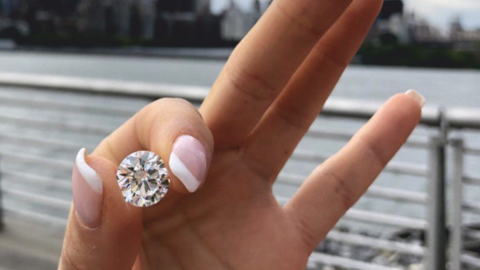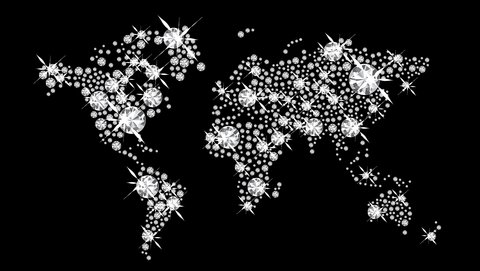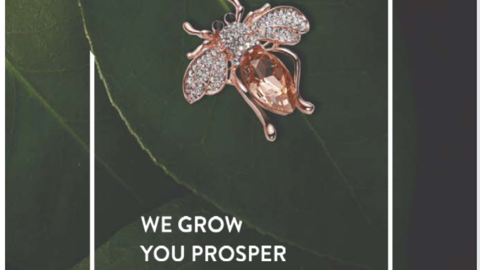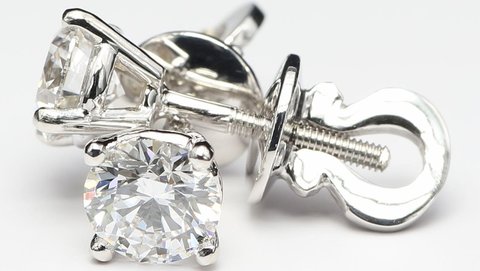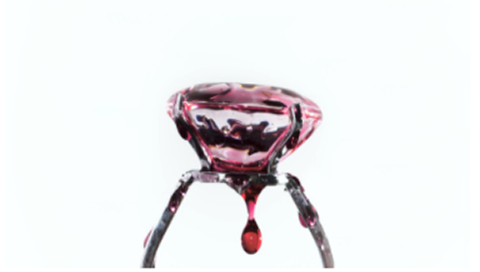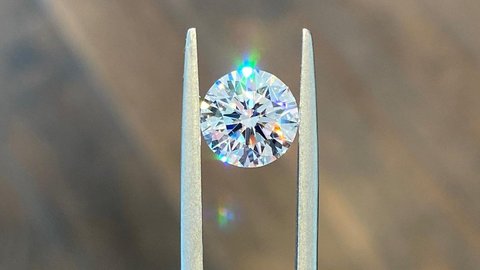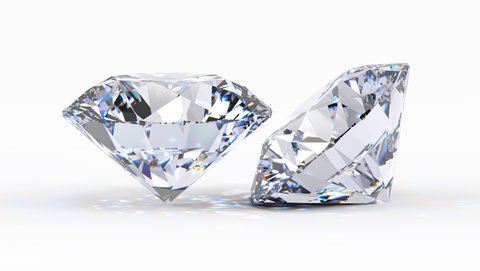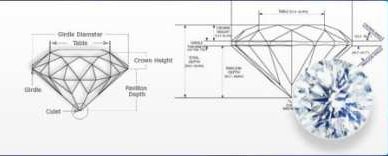Recent Report Predicts Further Developments Of The Lab-grown Diamond Market
What to expect from lab-grown diamond market in the next decade
A famous industry analyst Paul Zimnisky has recently published a report, in which he forecasts what will happen with the lab-grown market in the next decade. While most conversations about man-made stones are driven mostly by recent or short-term developments, this prediction of long-term changes can be fascinating for everyone who deals with lab diamonds in one way or another
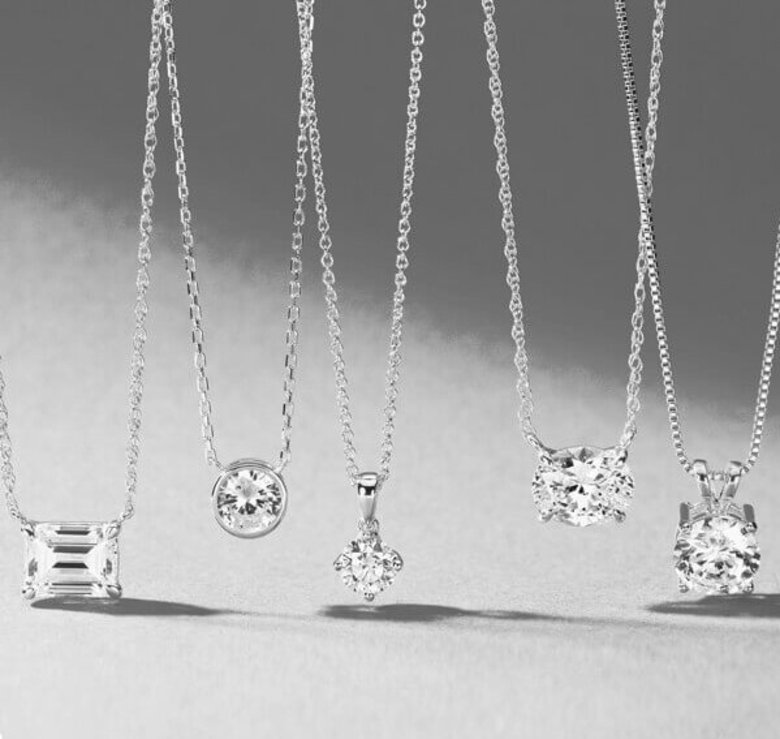
According to Zimnisky, the production of lab-created gems will continue to rise and may reach 25 million carats by 2030, which would be close to one-sixth of global mined diamond production. China and India are forecasted to stay the biggest producers in terms of volume, with The United States and some European countries as runner-ups. The increased competition will drive growers to improve their technology, so we can expect the significant rise in quality of manufactured diamonds across the globe.
Zimnisky predicts that quite a few luxurious companies, such as Hermès, will introduce the category of jewelry with lab-made gemstones. Their existing brand value will allow for high retail prices for these high-end pieces. However, the majority of lab-grown diamonds are expected to become used for the “bridge” category of lower-priced jewelry collections from premium brands. A lot of companies are forecasted to follow Pandora's steps to replicate the success of the “Brilliance” line.

Another prediction that Zimnisky makes in his report is that the custom shapes and colors in lab-grown diamonds will gain a lot of popularity. The development of the growing and cutting technologies will allow companies to experiment with their goods and make them stand out. We’ve already seen unique shapes successfully used in Tag Heuer Carrera Plasma, and this is only the recent example. More and more custom-shaped man-made diamonds pop up on the market, and their number is expected to increase.
All of the above-mentioned points, along with the lower price and ethical factor, are making further growth and development of the global lab-created diamond market possible. Zimnisky expects it to reach $8 billion by the end of 2022 and over $10 billion by 2023. However, the speed of this growth would still be determined by the marketing and promotion. Lab diamond jewelry is still an emotional purchase. If the retailers will be able to convey the right emotions to their customers, the customers will continue to buy the gems, whether mined or manufactured, and the industry as the whole will grow.


